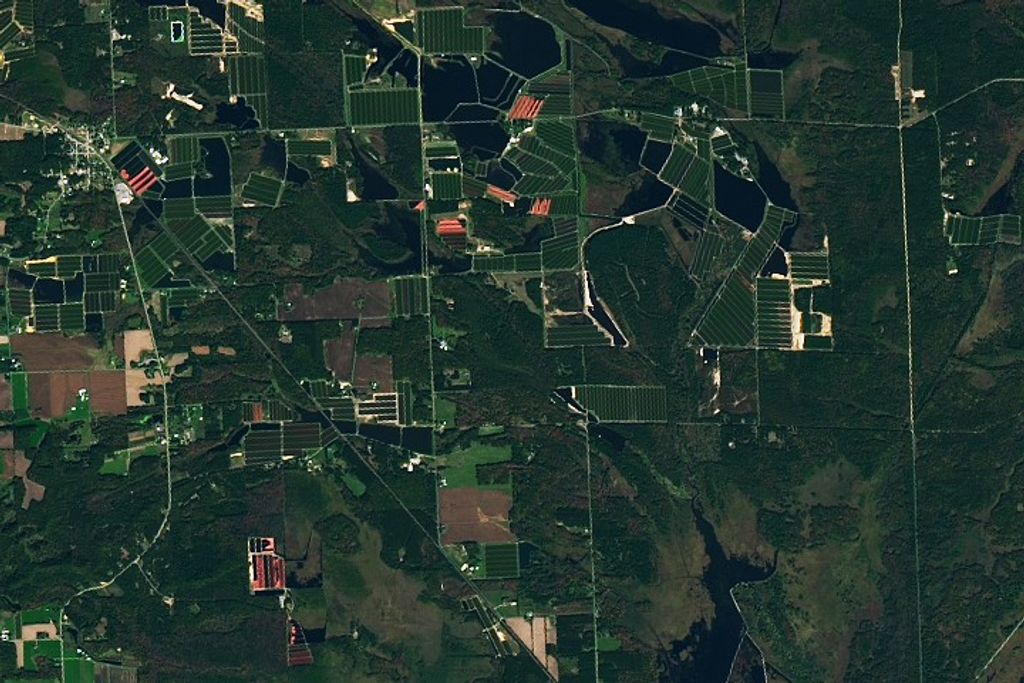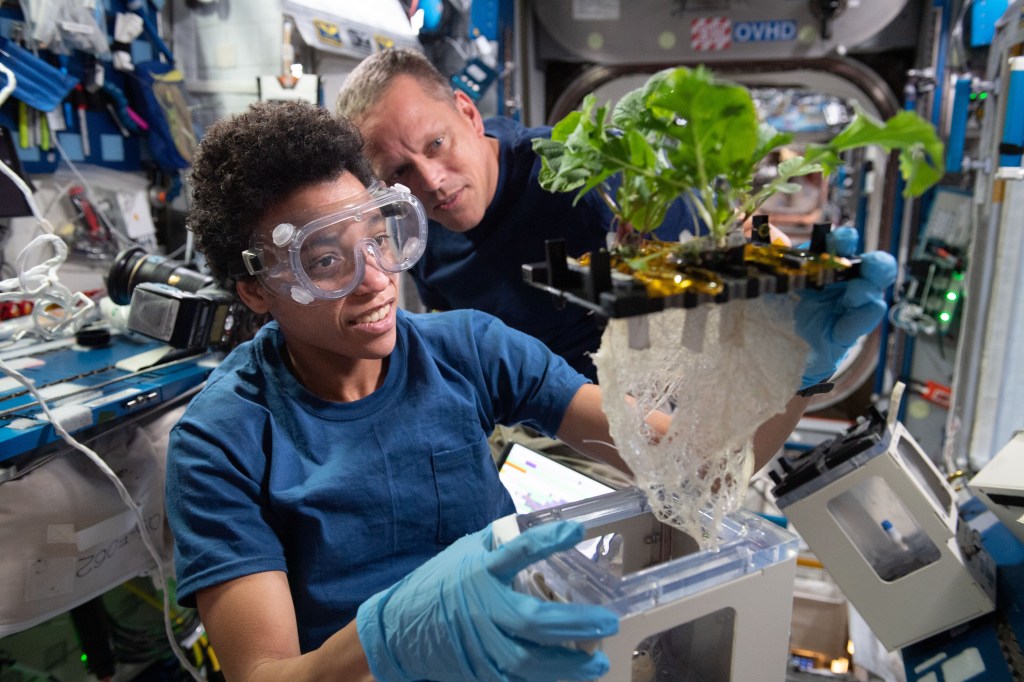The NACA X-1E was the last of the X-1 series of aircraft, and its construction benefited from the lessons of earlier research aircraft programs. This included the explosions which destroyed the X-1D and the X-1-3 research aircraft, the poor performance of the X-3, and the destruction of both X-2s.
In 1951, the Air Force expected to begin flights with the X-1D, while the NACA was to soon receive the X-1-3. Both aircraft could reach speeds in excess of Mach 2, but were lost in explosions before they were able to produce data. The X-1A and X-1B would not be delivered for two more years, leaving only the NACA’s X-1-2 (serial number 46-063) still flying. The Air Force had already retired the X-1-1 (serial number 46-062), giving it to the Smithsonian. Soon after, the NACA discovered that the high-pressure nitrogen spheres in the second X-1 were likely to fail due to metal fatigue. The aircraft made its 54th and final flight on Oct. 23, 1951.
At this juncture, the NACA decided to flight test the characteristics of very thin wings at transonic speeds. Accordingly, NACA engineers proposed the X-1-2 be modified with the new airfoil and a new turbopump fuel system (which eliminated the high-pressure nitrogen spheres).
The High-Speed Flight Station (now the NASA Dryden Flight Research Center, Edwards, CA) made some important modifications. The side hatch was replaced by a upward opening canopy, similar to that on the D-558-II. The new canopy allowed addition of an ejection seat, and gave the pilot easier access in and out of the cockpit. Technicians also installed the new turbopump fuel system. Meanwhile, Stanley Aviation Company built the new thin wings, a mere 3 3/8th inches thick at the wing root, fitted with over 200 pressure openings for aerodynamic data, and another 343 strain gages for structural loads and aerodynamic heating measurements. Similar in thickness to those on the X-3, the wings of the emerging aircraft – called the X-1E – would supply the Mach 2 flight data which the X-3 had been unable to provide due to its poor performance…Learn more
The X-1E occupies an honorary spot in front of NASA Armstrong Flight Research Center’s main building.




























